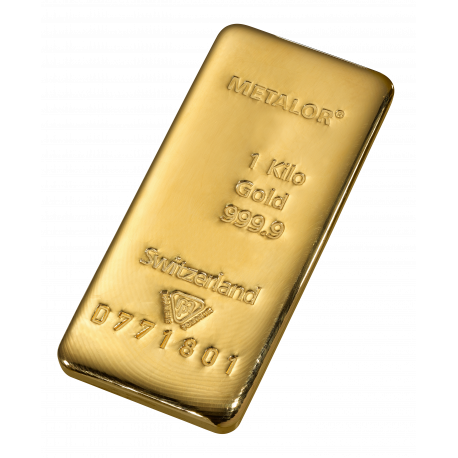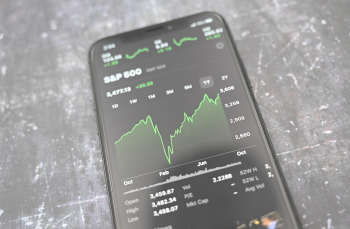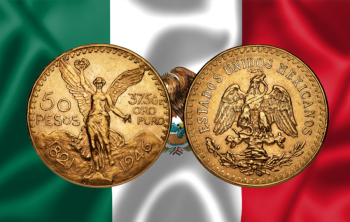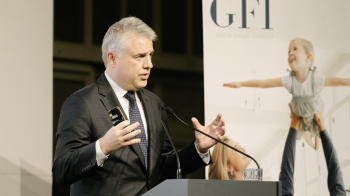How to BuySee the full summary
Buy at the counter
Gold ingot 1 kg
-
1000 g
-
1000 g
-
 LBMA
LBMA
-
999.9‰
-
GOLD
-
Bar
The 1 kilo gold bar represents the gold bullion investment par excellence.
Although an ounce of gold is the official unit of measure, the 1-kilo ingot serves as a reference for most investors.
At GFI, we only sell London Bullion Market Association (LBMA) certified gold bullion which represents the association of the professionals for the precious metals industry who oversee the gold and silver markets.
The gold bullion you buy is therefore a reliable investment because its producers are audited by LBMA on a regular basis and therefore represents a guarantee for the entire market.
The bar always contains the following information:
- Logo and name of the founder (Valcambi, Umicore, Metalor, etc)
- Purity (999.9‰) or 24 carat
- Weight (1000 g.)
- Serial number
Over the past 20 years, gold investors have been very satisfied with their precious metal investments. At the beginning of 2000, the ingot of one kilo traded below 10.000 €, its price then climbed to reach its record value of 45.000 € in September 2019 to more than 45.000eur. ROI (Return on Investment) which equals to 8% per year.
What are the advantages of buying a kilo bar of gold in ingot/bullion:
- Its spread (The difference between the purchase price and the selling price) is low. You are therefore buying and selling gold at a price close to its spot value.
- These are LBMA certified ingots and therefore these are accepted and exchangeable all over the world.
- Allows investing for large amounts and thus avoid ending up with a large number of coins.
- The premium is stable: you already know the costs for your deals and you therefore remove the risks in regards to premium movement.
The disadvantages regarding the ingots/bullion of a kilo:
- Large bullion is not liquid: When reselling, you must sell the entire bullion. This is therefore not practical if you have a need for liquidity for a smaller amount than the price of 1 kg.
- It is not divisible. You must sell the entire bullion even if you only want a small amount.
- The premium remains low: The benefit of the premium is also a disadvantage. You cannot expect a gain on the movement of the premium (which is the case with coins)









